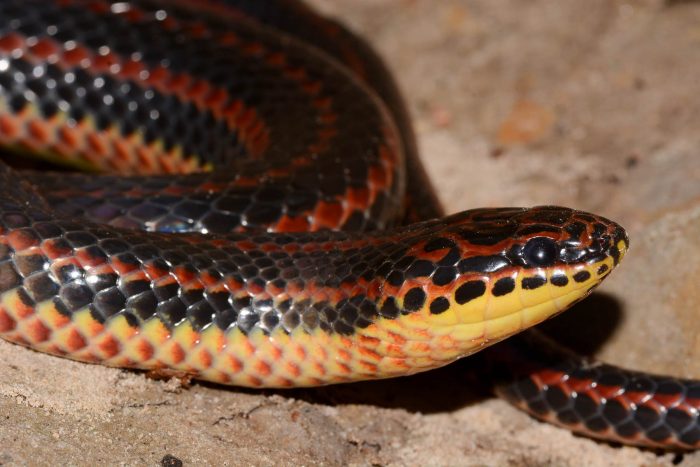Rainbow Snake
Farancia erytrogramma erytrogramma
The rainbow snake is a beautifully colored, non-venomous snake that is endangered in Maryland. It lives in streams, swamps and marshes in southern Maryland and eastern Virginia.

